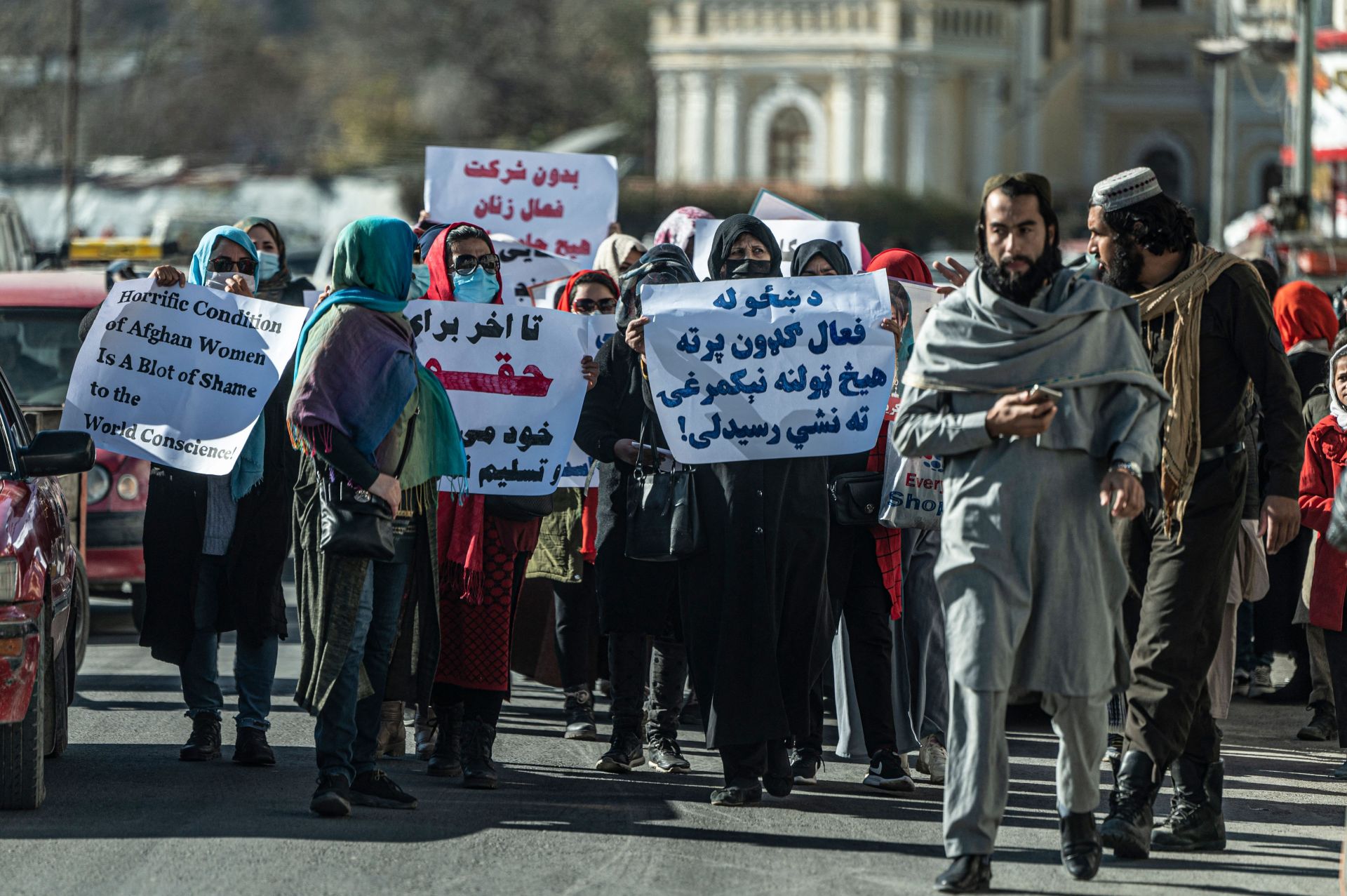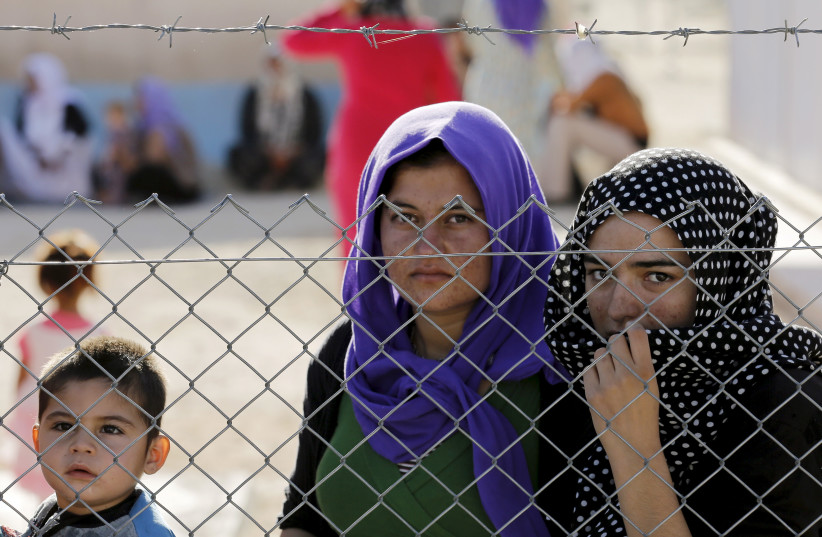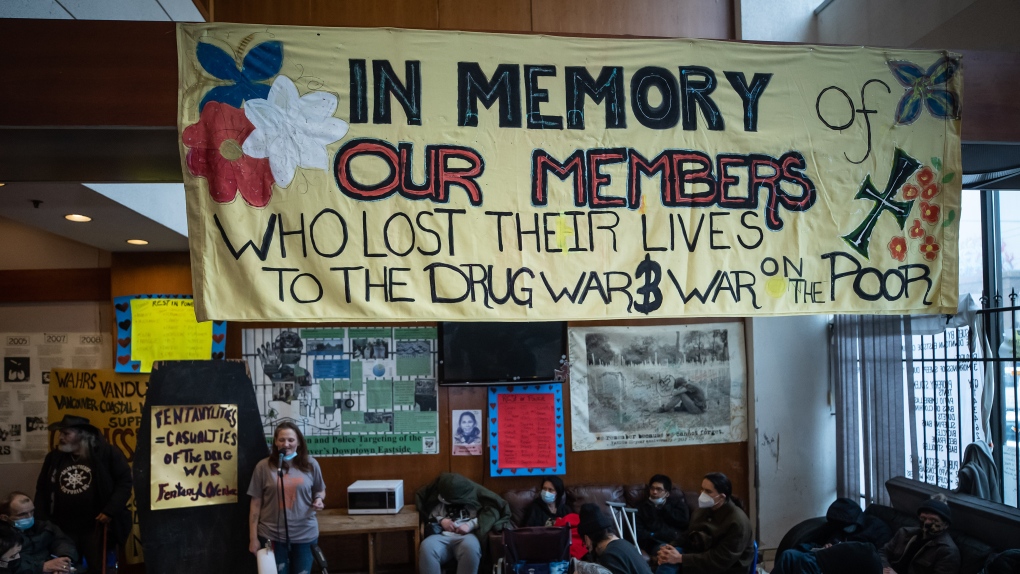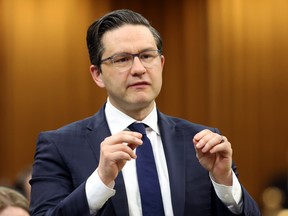Why Hungary cannot be permitted to hold EU presidency
By SAMIRA RAFAELA AND TOM THEUNS
The deplorable state of Hungarian democracy is by now widely known. Since 2010, prime minister Viktor Orbán and his Fidesz party have systematically undermined the principles and institutions that underpin democratic governance.
They have worked to curtail EU values such as academic freedom, gender equality and LGBTI+ rights, most recently in their copy-paste Russian law, which bans the visibility of the LGBTI+ community in public spaces.
A core principle of any democracy is free and fair elections. Under Orbán's leadership, this democratic norm has dramatically eroded. Electoral laws have been manipulated, gerrymandering is rife and media pluralism has been suppressed.
For the most recent national elections, the OSCE concluded that there was a "fundamental lack of a level playing field" in Hungary. For these reasons, the European Parliament concluded last year that Hungary was an electoral autocracy.
If Hungary would now apply to join the EU, it would fall miserably short on meeting the Copenhagen Criteria.
As a non-democratic state, Hungary is unfit to be Council president. Besides the symbolic travesty of an autocratic state presiding over one of the core EU institutions, there are two core problems.
The first is that there is a clear conflict of interest.
After years of dithering and appeasement, firm action is finally being taken against Hungary for dismantling democracy. The new budget conditionality mechanism, put in place specifically to prevent rule of law backsliding, has been used to withhold billions in EU funds to the Fidesz government. Infringement actions have led to further sanctions. And of course an Article 7 procedure is ongoing.
Having Hungary as EU Council president would have the absurd implication that Hungary chairs meetings on its own democratic decay. Were this to happen, the credibility of the council would be seriously undermined.
Let alone EU authority towards countries in the waiting room of the EU: how can we demand reforms from them with a non-democratic country at the helm of the Council?
The second is that Hungary could use the presidency to undermine European cooperation in key areas, such as asylum and migration. It is by now a given that the Fidesz government threatens its veto on crucial EU decisions, such as aid to Ukraine. The agenda-setting power that comes with the council presidency would only increase their margin for manouvre in such areas.
The presidency is also tasked with representing the council in its relations with the European parliament and commission, and negotiating on behalf of the council on EU legislation.
Who doubts that Hungary would use these roles to promote its illiberal political vision for Europe? Just think of the creative ways in which autocratic leaders aligned with Orbán would gain more access to the EU.
What makes things worse is that the timing of the scheduled Hungarian presidency (from July to December 2024) is especially sensitive. With European Parliament elections in June 2024, this is exactly the period that key EU posts are filled and the political direction for the Union is shaped.
Critics (and of course the Hungarian government) say that despite this nothing can be done. The Hungarian presidency is supposedly set in stone by the principle of 'equal rotation' in Article 16 of the Treaty on European Union (TEU). Democracy be damned.
But this principle has never been confronted with a non-democratic state wanting to take up the council presidency. Precedent is not a knock-down argument as there is no precedent for this situation. Besides, the TEU itself can be interpreted as providing some flexibility here as the other place where 'equal rotation' is mentioned — Article 17(5) — calls for strictly equal rotation, a demand missing from Article 16.
Three possible solutions
So what can be done? The Meijers Commission published a report recently on exactly this question. They suggest three possible responses.
The first, mildest option, would be for Hungary to give up chairing any meetings about its violation of EU fundamental values and any representative roles to other member states ('troika' partners). While this would require Hungary's cooperation, this could be a compromise.
The second option would be for the member states in the Council to change the order of the Council Presidencies to delay Hungary's Presidency. This could buy time for a more structural solution.
The strongest response would be for member states in the European Council to use Article 236 of the Treaty on the Functioning of the European Union to change the rules about the council presidency. They could adopt a new rule insisting that member states with Article 7 procedures against them cannot be council president.
Regardless of the route the member states take, it is vital that they act quickly and decisively. Allowing Hungary to assume the EU council's presidency threatens the foundational values of the EU, its institutional integrity and its democratic legitimacy.
AUTHOR BIO
Samira Rafaela is a Dutch MEP with Renew Europe. Tom Theuns is senior assistant professor of political theory and European politics at Leiden University and associate researcher at the Centre for European Studies and Comparative Politics, Sciences Po Paris.


















